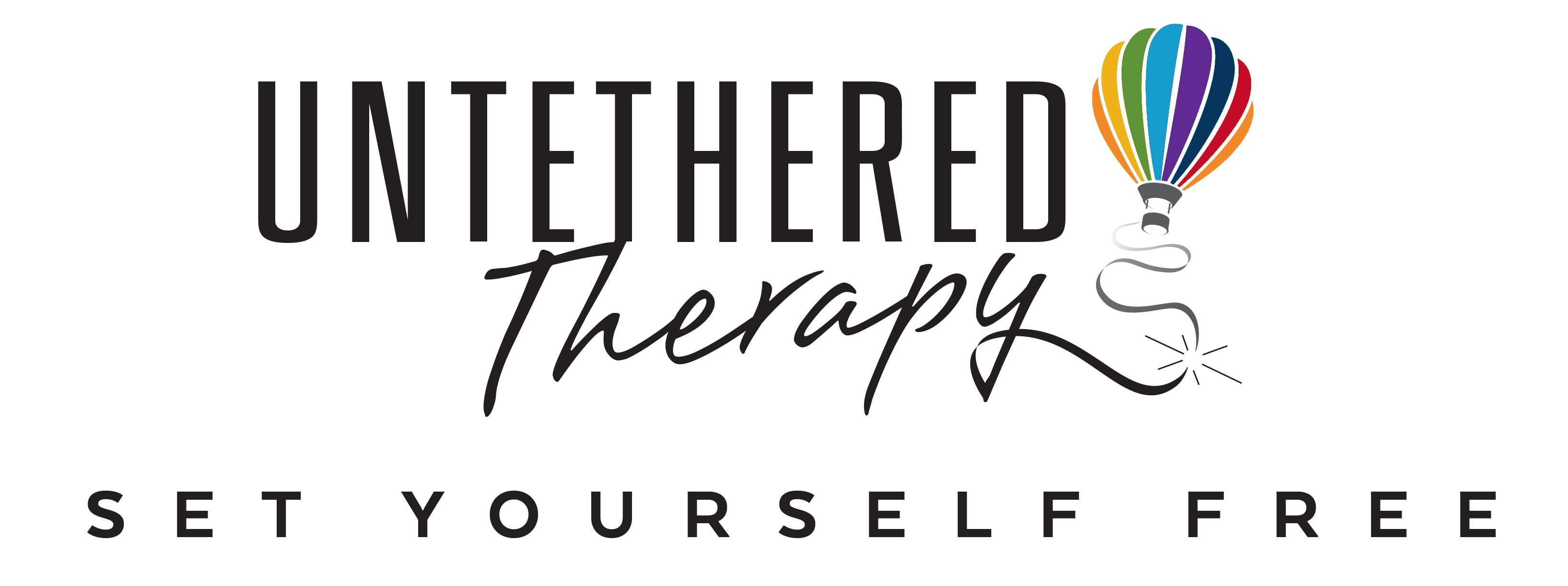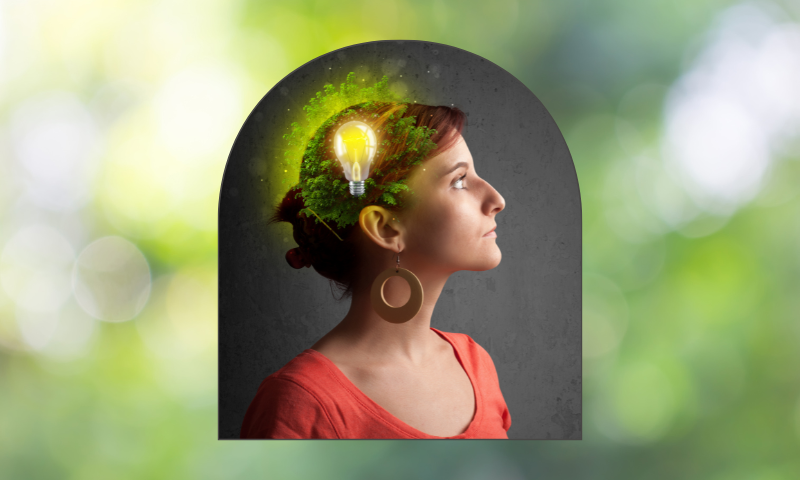Pause for just a moment and recall the last time someone asked you how your day was.
Typically, our response to this question is quick: “Good, thanks!” or “Ugh, terrible!” If it’s a good day, we list everything positive that happened to us; if it’s a bad day, we focus on the negatives. We automatically label our experience and we judge all that has happened as solely “good” or “bad”, taking away any nuance or ambiguity.
The same thing can happen when someone asks us how we feel. Our brains are wired for categorization. It is how we evolved to quickly assess situations for safety. This innate process allows us to rapidly digest new information. However, the ability to classify and label can be detrimental to our mental health without us even realizing it.
Most people label emotions as being “good” or “bad” based on what those emotions make us feel. “Good” emotions tend to include happiness, excitement, joy, contentment, and love, while “bad” emotions can include anger, sadness, fear, rejection, and disappointment. This is not an exhaustive list – Overwhelmed, annoyed, peaceful, anxious, respected, bored, confident, passionate… Most (if not all) emotions are perceived as being either “good” or “bad.”
When we label our emotions into these dichotomous categories, we are unintentionally putting a judgment onto more than just the emotion, but also on the experience of having the emotion. Feeling happy or excited is “good,” while feeling angry or afraid is “bad.”
While most of us would prefer to experience “good” (or pleasant) emotions like happiness or excitement over “bad” (or unpleasant) emotions such as anger or fear, no emotional experience (or individual experiencing emotion) is inherently “good” or “bad”. Judging ourselves or our experience as “bad” when experiencing an unpleasant emotion such as anger may not only leave us feeling confused, conflicted, or even ashamed, but it also stops us from being able to fully enjoy and participate in life. We become preoccupied with our mind, on judging whether our feelings are “good” or “bad,” and consequently if we, ourselves, are “good” or “bad.”
Simply put: when we begin judging an experience, we stop fully experiencing it.
If you want to stop judging your emotion and engage more fully in your experiences – pleasant and unpleasant – mindfulness can help. Mindfulness is the ability to be fully present in the moment without judgment. It is an active state that involves practice, but is achievable for most people. While you can practice mindfulness literally anywhere at any time (such as when you are brushing your teeth or doing the laundry), one of the best ways to cultivate it is through mindfulness meditation.
Think of meditation as lifting weights for your brain: it is a slow process that can lead to noticeable results in a person’s health. Mindfulness has been linked to improved sleep and reduced depression, anxiety, and stress. Its focus on bringing awareness to one’s thoughts and feelings without judgment helps people to experience the spectrum of emotion that is always present.
Meditation is hard to fully describe because it is a very personal, individual journey. The most popular forms of meditation ask you to focus on the breath–when your mind begins to wander away, meditation practices ask you to gently bring your attention back to your breath.
Meditation may look different for each person: some tend to close their eyes and visualize a calming scenario and others prefer to keep their eyes open; some people enjoy listening to nature sounds while others enjoy silence. The only “right” way to meditate is to just do it and see what works for you.
When it comes to mindfulness meditation, the point is to bring awareness to when your mind wanders off and observe any current thoughts, feelings, or sensations. The point isn’t to ignore or suppress them, nor is it to ruminate on them: it is to simply acknowledge them and let them go as you bring your mind back to your breath.
As humans, we are complex and multifaceted. We are not only “good” or “bad.” Happiness can exist alongside sadness; anxiety can exist alongside joy. When we stop labeling and judging our experiences, we are able to fully come to terms with our emotions and realize that more lies there than we are aware of.

